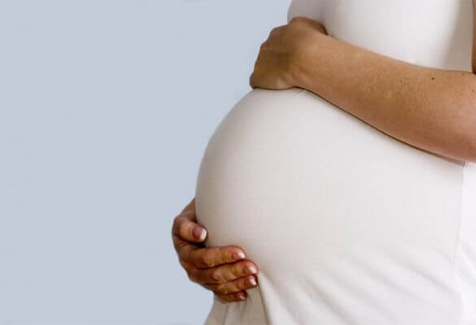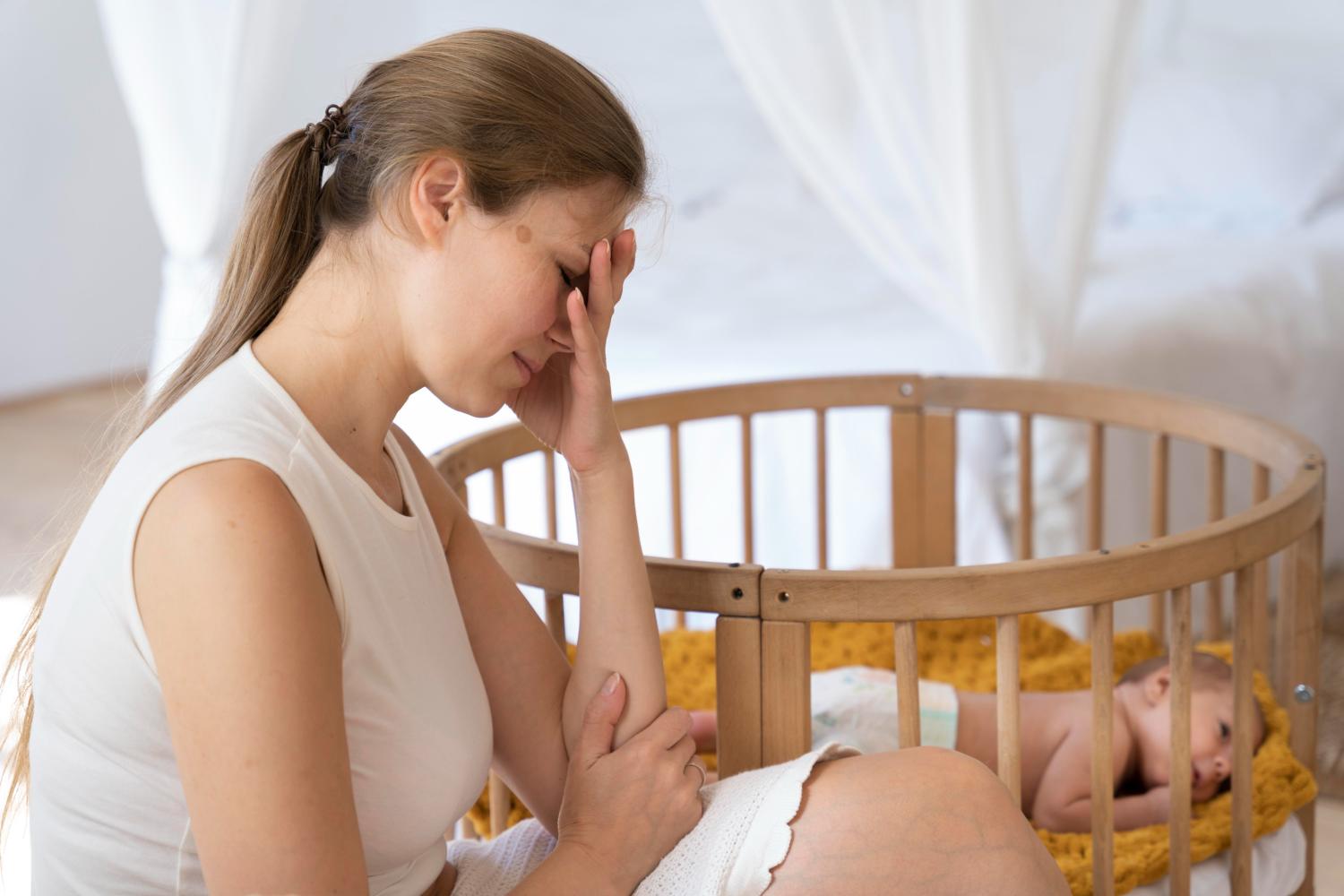
Female infertility accounts for approximately one-third of all infertility cases amongst couples. It’s been estimated that there are 20 million childless couples in India currently with various types of infertility problems. Research has also shown that infertility problems are on the rise, with incidences going up by 20-30% in the last 5 years.
Infertility is the inability to get pregnant even after a year of unprotected sex. In women, the fertility diminishes with age with chances of conceiving decreasing by 3-5% per year after the age of 30 years. As women are born with a finite number of eggs, their number and quality diminish with increasing age; and after the age of 40 years, the reduction in fertility is much greater.
The likelihood of a successful treatment for female infertility is about 50% and the outcome depends largely on the underlying cause of the infertility problem, the length of time the woman has had infertility issues, the history if any of previous pregnancies, and of course, the age and health of the woman.
There is a higher success rate in female infertility when it is dependent on ovulation problems. And the least chances of success in treatment are when the problem is associated with damaged fallopian tubes or severe endometrosis. The first step in treating any infertility problem is by treating the underlying cause. For instance, if it is due to thyroid disease which causes hormonal imbalances or due to tumors in the pituitary gland which produces FSH and LH, then these issues have to be treated first.
The different ways of treating female infertility are known as ‘assisted reproductive technology’ (ART) and include some the following methods:
In vitro fertilization – Also known as IVF, it’s a highly advanced scientific procedure where the eggs and sperms are incubated together outside in the lab under controlled conditions for optimal chances of fertilization. The embryo is then planted back into the mother for a successful pregnancy.
Medical therapy: Specific drugs for follicular stimulation including Clomiphene are administered to the woman and are very effective when the problem is just with ovulation. Hormones like gonadotropins are also used when it’s unexplained infertility.
Intrauterine insemination: This is a painless procedure that involves insertion of a small amount of concentrated sperms into the uterus.
Egg donation: The donor female is stimulated with fertility drugs to stimulate the ovaries and the oocytes harvested and used for fertilization.
GIFT and ZIFT: In gamete intrafallopian transfer (GIFT), the sperms and eggs are mixed artificially before being inserted into the womb; in zygote intrafallopian transfer (ZIFT), the fertilized embryo is inserted into the womb after in vitro fertilization.
Surgical treatment: Surgeries can be performed to remove uterine fibroids, polyps, scarring or endometrosis, factors that affect fertility. Damaged fallopian tubes can also be repaired, but the success rates are low with this.
Surrogacy: This is a last option where a fertilized egg or sperm is implanted into an unrelated woman for carrying the pregnancy to term.





